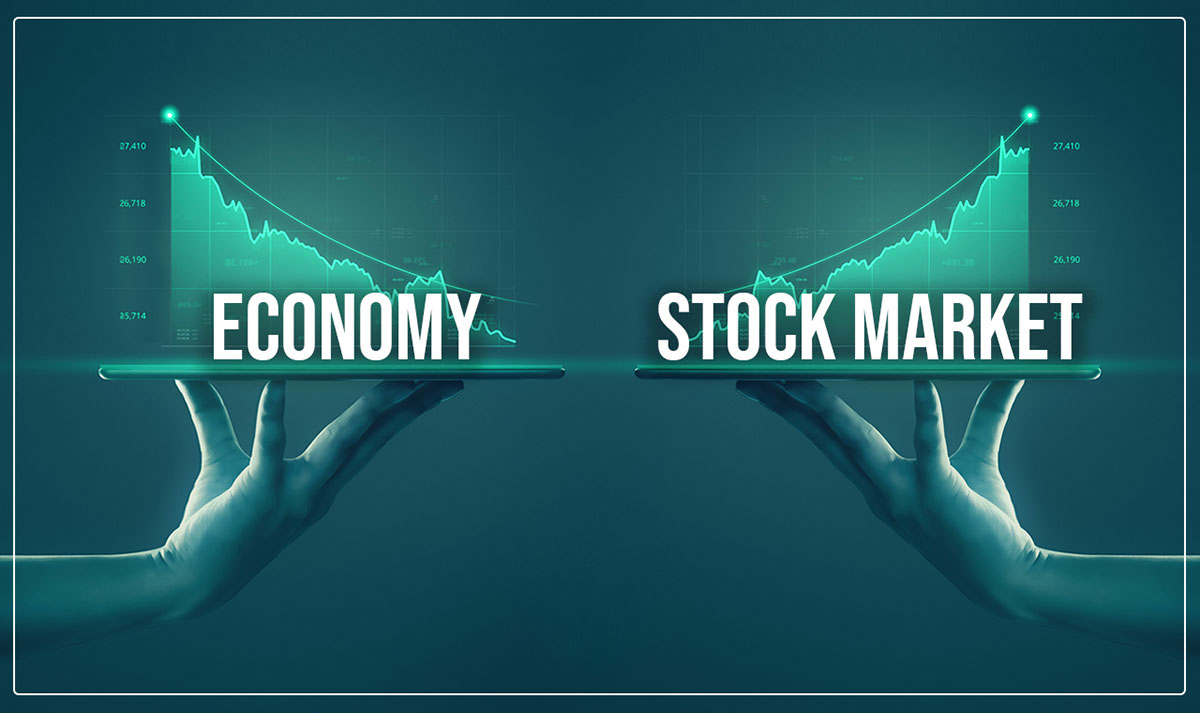Home>Finance>Emerging Market Economy Definition, How It Works, And Examples


Finance
Emerging Market Economy Definition, How It Works, And Examples
Published: November 17, 2023
Discover the finance behind emerging market economies - their definition, workings, and real-world examples. Unleash the potential of finance in these dynamic economies.
(Many of the links in this article redirect to a specific reviewed product. Your purchase of these products through affiliate links helps to generate commission for LiveWell, at no extra cost. Learn more)
Unlocking the Potential: Understanding Emerging Market Economy
When it comes to finance, one term that often comes up is “emerging market economy.” But what exactly does this term mean? How does it work? And what are some examples of emerging market economies? In this blog post, we will dive into the definition of an emerging market economy, explore how it works, and highlight some real-life examples that will help you better understand this fascinating concept in the world of finance.
Key Takeaways:
- An emerging market economy refers to a country that is transitioning from a developing to a more advanced stage of economic development.
- These economies offer unique opportunities and risks for investors due to factors such as rapid growth, changing regulations, and political instability.
What is an Emerging Market Economy?
An emerging market economy refers to a country that is in the process of transitioning from a developing economy to a more advanced and industrialized one. These economies are characterized by rapid economic growth, a rising middle class, expanding consumer markets, and increasing integration into the global economy. They typically have lower income levels compared to developed countries, but they exhibit strong growth potential.
How Does an Emerging Market Economy Work?
The dynamics of an emerging market economy are shaped by various factors, including government policies, geopolitical conditions, infrastructure development, and market liberalization. These economies often experience high levels of foreign direct investment (FDI) as investors seek to capitalize on their potential for high returns.
Key factors that contribute to the functioning of an emerging market economy include:
- Economic Reform: Emerging market economies typically implement economic reforms aimed at liberalizing markets, attracting foreign investment, and stimulating domestic growth. This may involve privatizing state-owned enterprises, reducing trade barriers, and implementing fiscal and monetary policies to encourage investment and productivity.
- Infrastructure Development: Investing in infrastructure, such as transportation systems, communication networks, and energy facilities, is crucial for supporting economic growth. Emerging market economies often prioritize infrastructure development to attract investment, enhance productivity, and improve connectivity.
- Consumer Market Expansion: As emerging market economies experience economic growth, their populations’ purchasing power increases, creating opportunities for companies to tap into new consumer markets. This can lead to a surge in demand for goods and services, driving further economic growth.
- Political Stability: Stability in governance and political environment plays a vital role in the success of emerging market economies. A stable political landscape allows for consistent policy implementation, attracting both domestic and foreign investments.
Examples of Emerging Market Economies
Emerging market economies can be found across different regions of the world. Some examples of countries that have emerged as prominent players in the global economy include:
- Brazil: Known for its vast natural resources and agricultural production, Brazil has experienced rapid economic growth in recent years. It has a diversified economy, ranging from agriculture and manufacturing to services and technology.
- China: With its massive population and economic reforms, China has become a global powerhouse. It boasts a combination of low-cost labor, manufacturing capabilities, and a growing consumer market.
- India: India, known for its IT and outsourcing industry, has shown remarkable economic growth. With a large consumer base and a young workforce, it is predicted to become one of the world’s largest economies in the coming years.
- Mexico: Mexico has emerged as a major player in industries such as automotive manufacturing, aerospace, and information technology. Its proximity to the United States and trade agreements have made it an attractive destination for foreign investment.
- South Africa: South Africa, with its rich mineral resources, has a well-developed financial sector and advanced infrastructure. It serves as a gateway for investment and trade in Africa.
These examples represent only a fraction of the many emerging market economies around the globe. Each country brings its unique opportunities and challenges for investors, making them an intriguing area of focus in the field of finance.
In Conclusion
Understanding the definition and dynamics of an emerging market economy is crucial for investors and policymakers alike. By recognizing the potential and risks associated with these economies, one can identify investment opportunities and make informed decisions. Whether it’s exploring the growth of China or the potential in African markets, emerging market economies offer a realm of possibilities for those willing to navigate their complexities. Stay tuned to our blog for more insights on finance and the fascinating world of emerging market economies!














